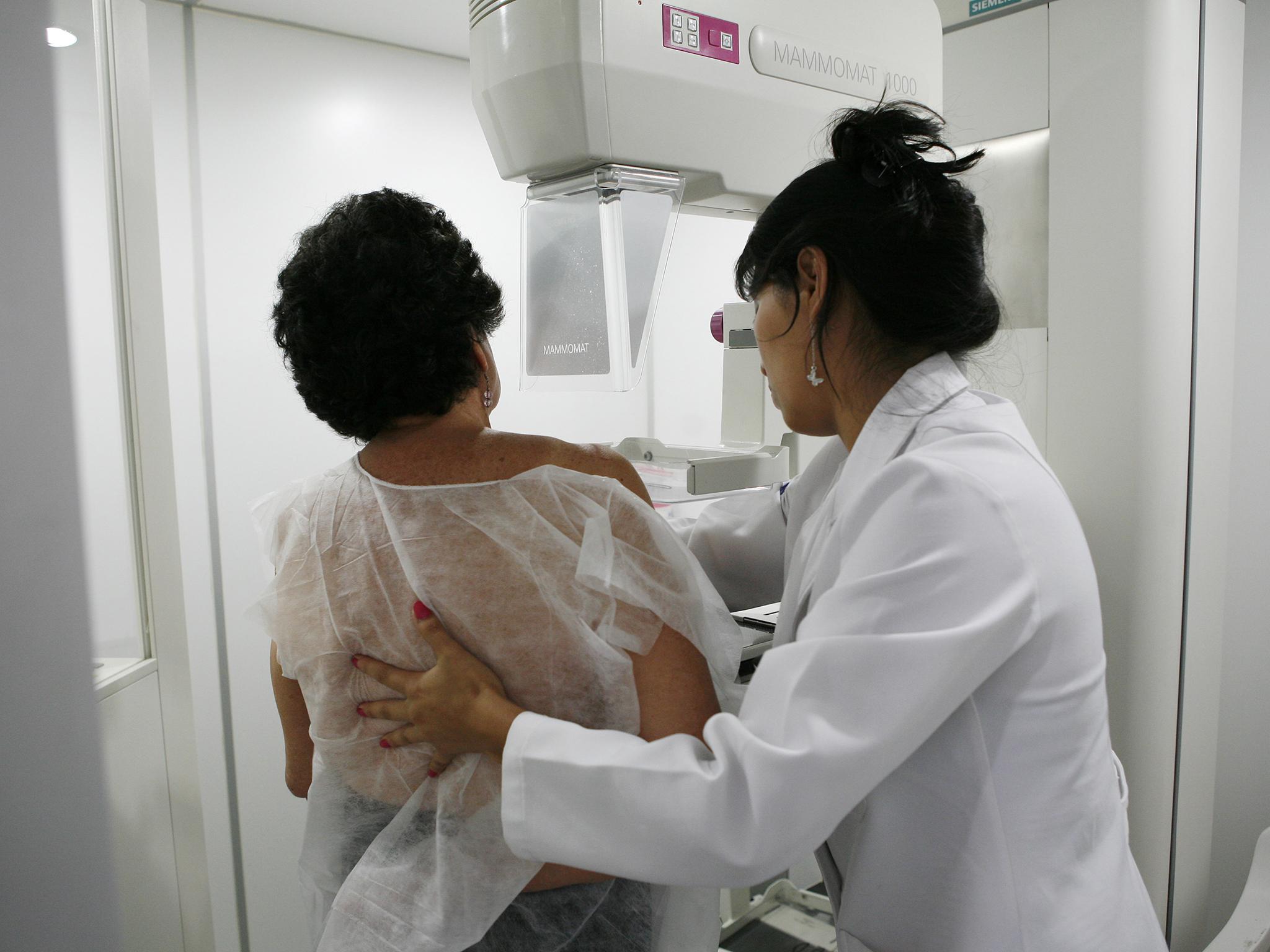Why China is seeing a huge increase in breast cancer rates
With the country’s rapid economic development, more and more people have moved to megacities – and the higher the population density, the higher the disease rate

Breast cancer is the most common cancer among women in China, according to the latest data from China’s national cancer registry. An analysis of the data reveals that the cancer has increased at a rate of around 3.5 per cent a year from 2000 to 2013, compared with a drop of 0.4 per cent a year over the same period in the US.
The analysis also reveals that breast cancer rates are higher in urban areas of China than in rural areas. And the higher the population density, the higher the rate. For small cities (population below 500,000), the incidence of breast cancer is 30 per 100,000. For medium-sized cities (population between 500,000 to one million), it is 40 in 100,000. And for large cities (population above one million), the incidence rate is 60 per 100,000 women.
With the rapid development of China’s economy, more and more people have moved from rural areas and towns to large cities. As a result, many “megacities” have sprung up. By 2014, China had six megacities with populations above 10 million. It is very likely that urbanisation is having a big impact on breast cancer incidence in China.
Below is a list of some of the factors that may be behind the rise in breast cancer incidence in China.
Childbearing: having more than one child lowers breast-cancer risk. With the one-child policy in place since 1979, most women – especially if they worked in the city – had to strictly follow the policy in order to avoid being fined. Although the one-child policy rule was replaced in 2015 with a two-child policy rule, the possible benefit on breast cancer incidence will probably take 15 to 20 years to show.

Research also shows that the women who have their first child at age 35 or younger tend to have a protective benefit from pregnancy. However, in China, many women have chosen to delay having a child as a result of work pressure and cultural change.
Women are also less likely to breastfeed than previous generations, which may be another contributing factor. Research has shown that both pregnancy and breastfeeding reduce a woman’s risk of developing cancer, because they reduce the lifetime number of menstrual cycles. As a result, women are exposed to less oestrogen. (Oestrogen can stimulate breast cancer cells to grow.) It has also been hypothesised that breast cells need to mature in order to produce milk and mature cells are more resistant to becoming cancer cells.
Researchers in China have found associations between these “reproductive factors” – including oral contraceptives and hormone-replacement therapy – and the rise in breast cancer incidence in China.
Stress: this is more likely to be experienced in large cities and has been linked to increased risk of developing cancer. Although stress may not directly cause cancer, it does affect the levels of various hormones and it suppresses the immune system. And, once cancer has developed, stress is believed to aid its progression.
Lifestyle: in modern China, women are generally less physically active than they were in previous generations. A study published in the International Journal of Behavioural Nutrition and Physical Activity, shows that levels of physical activity for adults in China fell by nearly half between 1991 and 2011, and they declined more rapidly for women than for men.
An unhealthy diet is also increasingly common in urban China, with a proliferation of fast-food outlets. This has resulted in an increase in obesity among Chinese women.
Increased alcohol assumption has long been associated with the increased risk of developing breast cancer and a World Health Organisation bulletin notes that, in China, alcohol consumption is increasing faster than in other parts of the world.
Ageing: this is the biggest risk factor for breast cancer. Women are living longer in China, which is a key factor related to the increased incidence of breast cancer in the country. As people get older, there is more genetic damage and less ability to repair the damages.
Even though the prevalence of breast cancer among women in China is lower than in many developed countries, the rapid increase in incidence of the disease – which is also being witnessed in India – is cause for great concern.

Because of China’s large population, even with a small percentage of improvement on cancer prevention, a sizeable number of women’s lives could be saved. There are many risk factors that can be reduced by raising cancer awareness and having better education on diet, exercise, stress reduction as well as improving breast cancer screening. Public health authorities can play a crucial role in developing well-defined strategies to tackle the issue and reduce the breast cancer burden in China.
Jin-Li Luo is a senior bioinformatician at the University of Leicester. This article first appeared on The Conversation (theconversation.com)
Join our commenting forum
Join thought-provoking conversations, follow other Independent readers and see their replies
Comments